Вы здесь
Shopan ata necropolis.
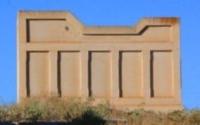
Popular hikes from Akatau.
"The grave is a quadrangular pit about one and a half meters deep; the upper edges of this pit protrude inward and narrow it in this way. The body is freed from the sheets only so much that the face remains open, and then lowered into the grave without putting anything in it; stones are piled on the ledge, thus covering the grave, and the body of the deceased lies in the grave completely freely. To prevent soil from getting on it, the stones are covered with felt and then soil is thrown on top of which, to protect the grave from animals, stones are placed again."
Richard Karutz. "Among Kirghiz and Turkmen on Mangyshlak." Translated by E. Petri. St. Petersburg, 1911.
Mountains Mangyshlak.
Underground mosque Shopan ata is located at an altitude of 123 meters above sea level, 690 meters northwest of Zhanaozen - Oglandy valley road, 8.2 kilometers northeast of Ulkuduk valley, 20.4 kilometers north of village of Senek, 48.9 kilometers northeast of city of Zhanaozen, 35.9 kilometers northwest of Mount Bokty in Karakiyan district of Mangistau region.
The Shopan-ata necropolis is located on the route of the old caravan road from Mangyshlak to Khorezm and is the most extensive and, possibly, one of the oldest in Western Kazakhstan. The entrance to the necropolis is located on the southeast side, here is also an ancient well with a waterfall stone trough and late tombstones made of sand-lime bricks.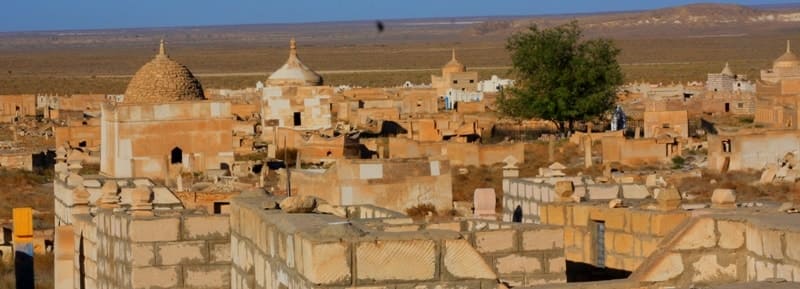
The necropolis is divided into two parts: Kazakh (Adaevskaya) and Turkmen. The necropolis is spread out on both sides of a shallow narrow ravine, descending from the southwest to the northeast along the slope of the Shopan Ata hill. It contains more than 4,000 burials of different times and types.
Grave structures in Shopan ata necropolis.
Grave monuments date from the Xth - XIIth centuries to the present day. Early Muslim burials, closer to the center of the necropolis are represented by monuments of the beltas-pyramid type, primitive stone fences, as well as mausoleums, saganatams, sandyktases, ushtases, composite koytases with kulpytases.
Koytases of different sizes: from small stepped to giant, among them there are monuments of the transitional type from early to later (Adaevskaya). But they are all of the same type and archaic, often covered on top with relief and contour decor of a simple motif (triangles, rosettes), drawings of household items, images of horses and other animals.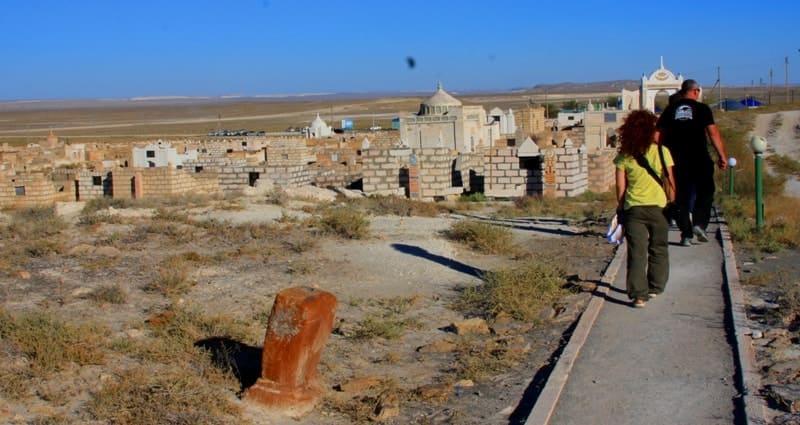
Armed horsemen on tombstones with characteristic accessories - axes (aibalta), sabres (kylysh), saddle bags (at kor-zhyn), quivers with arrows (sadak). The tombstones here are more diverse in architectural and volumetric design and are more interestingly decorated (volumetric, flat relief, contour carving, painting).
The tombstones and steles are of different types stylistically and compositionally, which indicates the existence of stone cutters of different schools. In the north-eastern parts of the necropolis of Shopan ata there is also a large number of domeless mausoleums, built in the XIXth century and differing from the Turkmen ones in style, features and generic tamgas.
History of creation of necropolis Shopan ata.
The underground mosque Shopan ata is located in the southwestern part of the necropolis of the same name and the tomb of Shopan Ata, as well as the most ancient tombstones, possibly built by the Oghuz-Kipchak tribes, who periodically lived here during the Xth - XIIth centuries.
Shopan Ata is one of the most revered saints of Mangistau. According to legend, this mystic hermit was a student of Khoja Ahmed Yassavi. The creation of the complex is obviously associated with the activities of the medieval Sufi hermit, whose legendary connection with Yassaui allows us to outline the approximate lower dating of the monument - the Xth - XIIth centuries.
History of study of necropolis Shopan ata.
The Shopan Ata necropolis was explored in 1952 by an architectural expedition led by Malbagar Mendikulov, in 1977-1978 by an expedition of the Ministry of Culture of the Kazakh SSR and in 1982 by an expedition of the Republican Society for the Protection of Historical and Cultural Monuments.
Geographic coordinates of Shopan ata necropolis: N43 ° 32'57 "E53 ° 23'21
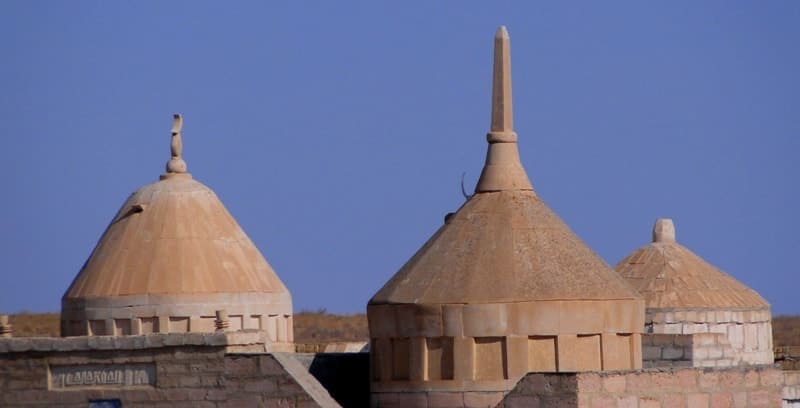
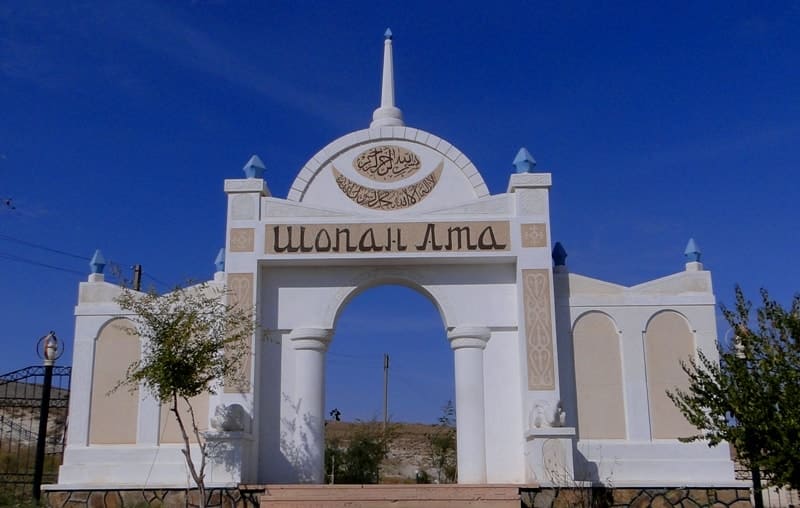
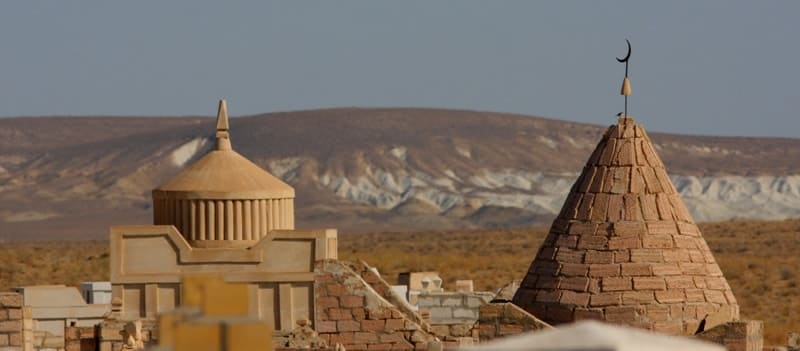
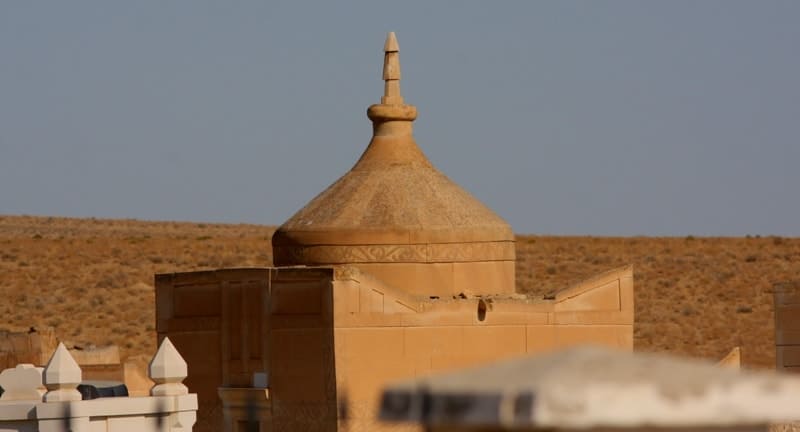
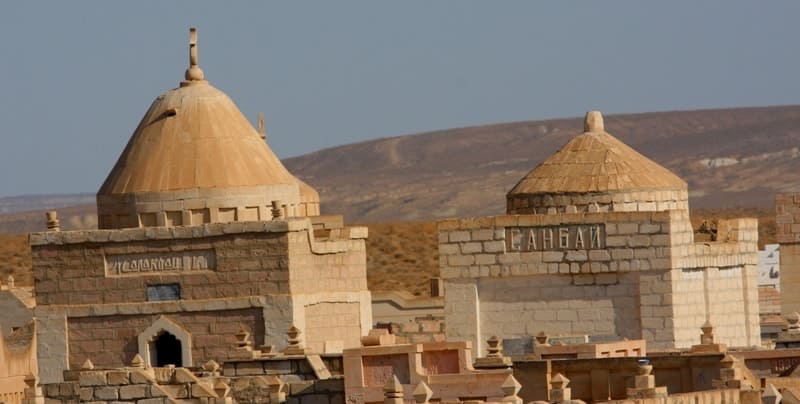
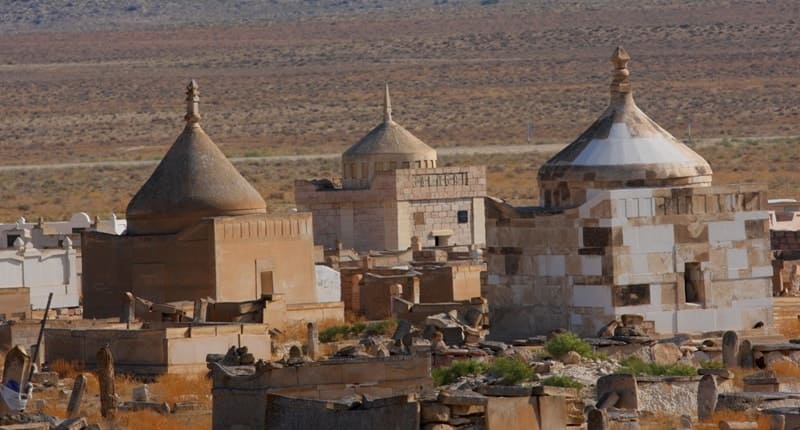
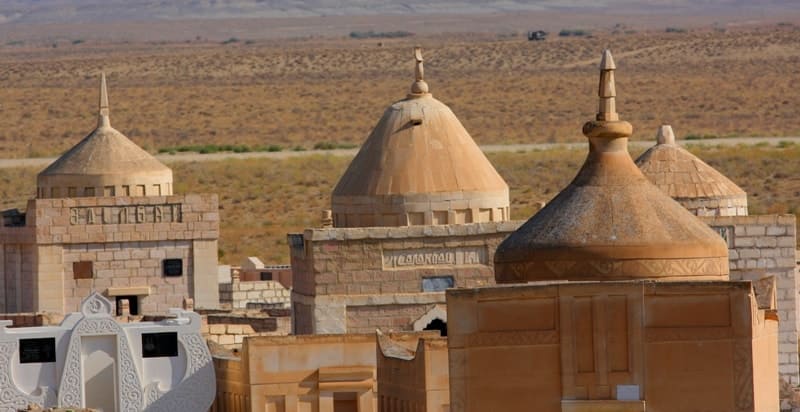
Authority:
"Religious and Spiritual Monuments of Central Asia". Author M. Khashimov. Publishing house "Saga", 2001.
Photos by:
Alexander Petrov.







